Compared to other platforms, this new “on-a-chip” system allows membrane proteins to be studied in their natural state.
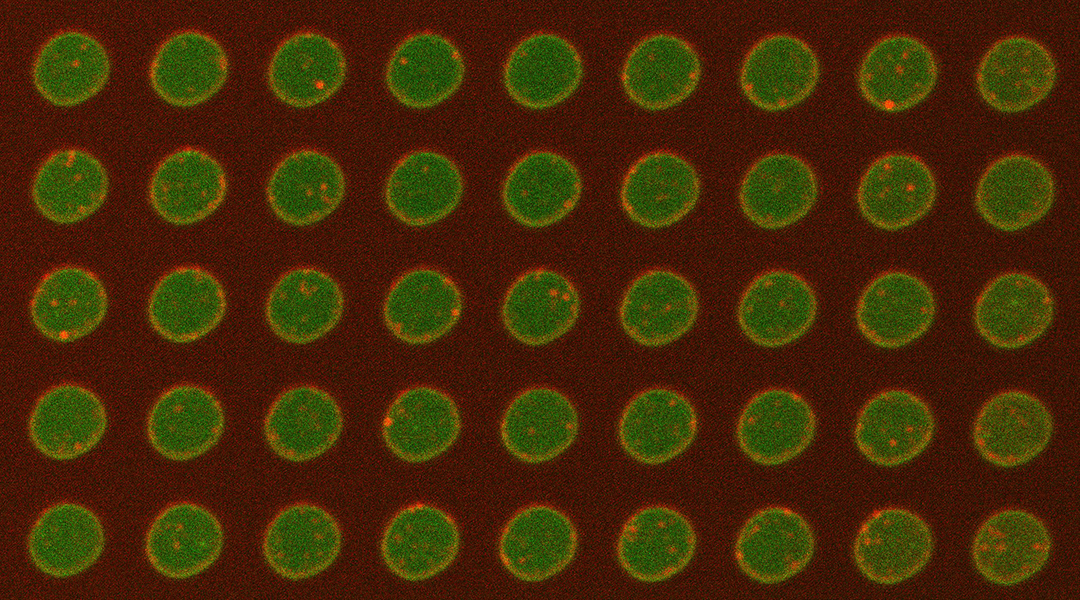

Compared to other platforms, this new “on-a-chip” system allows membrane proteins to be studied in their natural state.
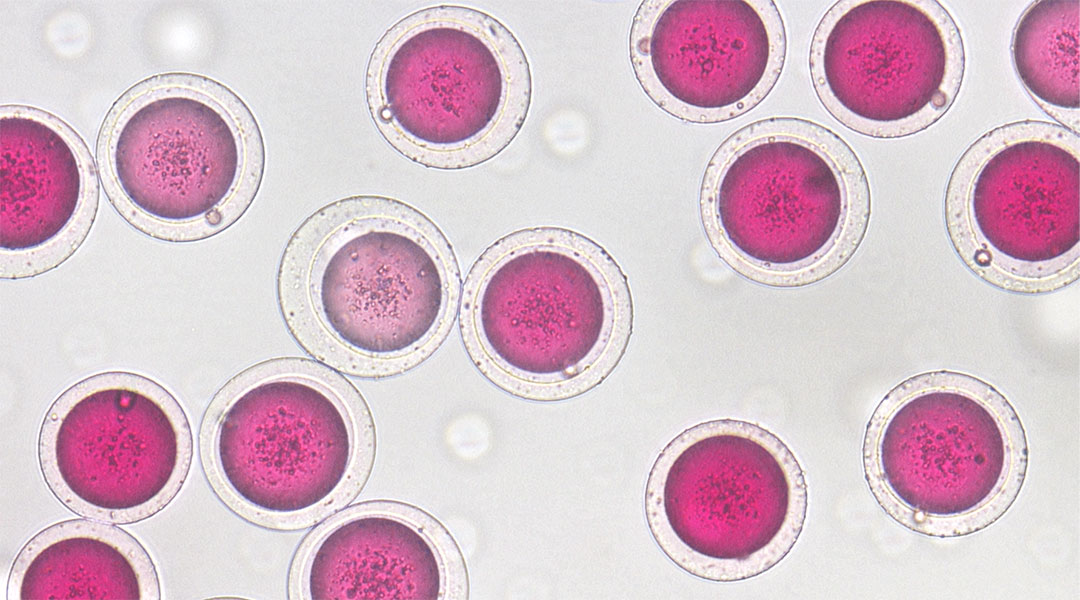
Check out atomic glimpses of graphene ribbons, double bubble microspheres, and a solar evaporator made from bone.
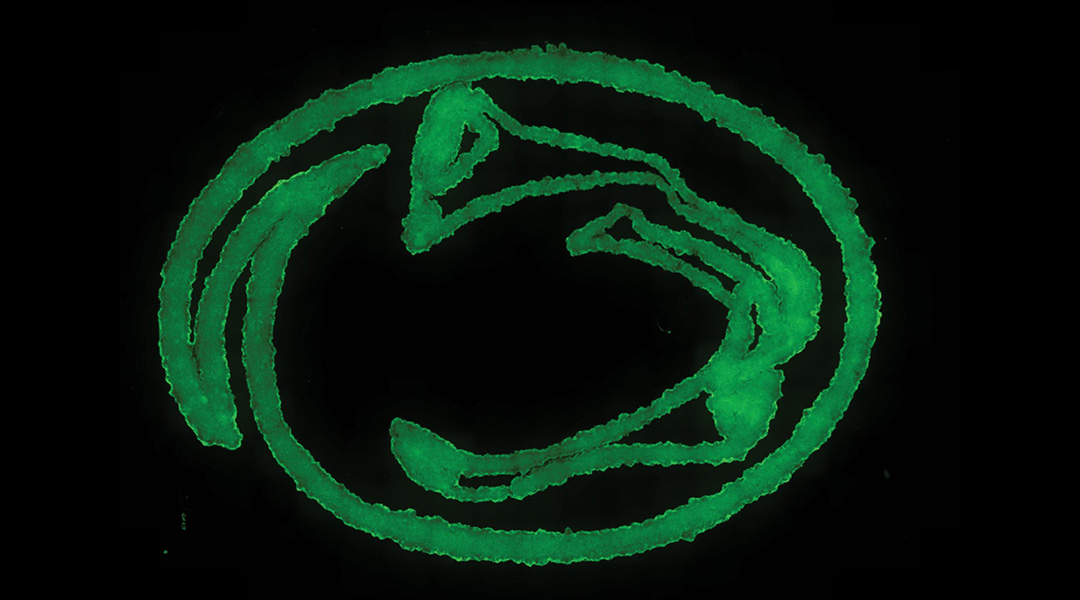
Made of self-assembling nanoparticles and a microgel, this new material could overcome limitations in 3D bioprinting.
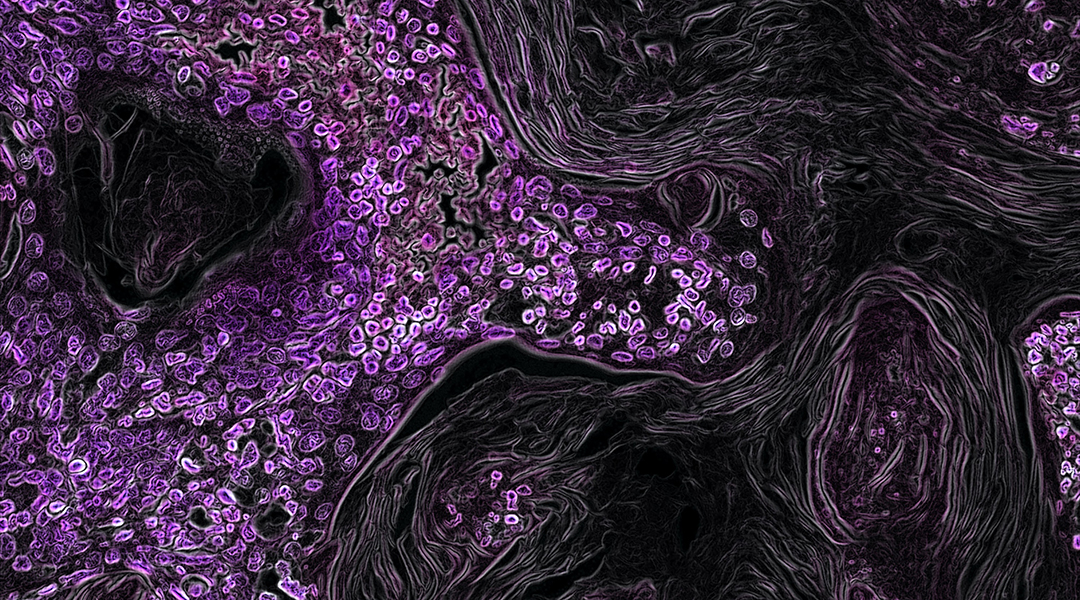
A new in situ, personalized cancer vaccine captures molecules from growing tumors to activate the body’s immune cells against them.
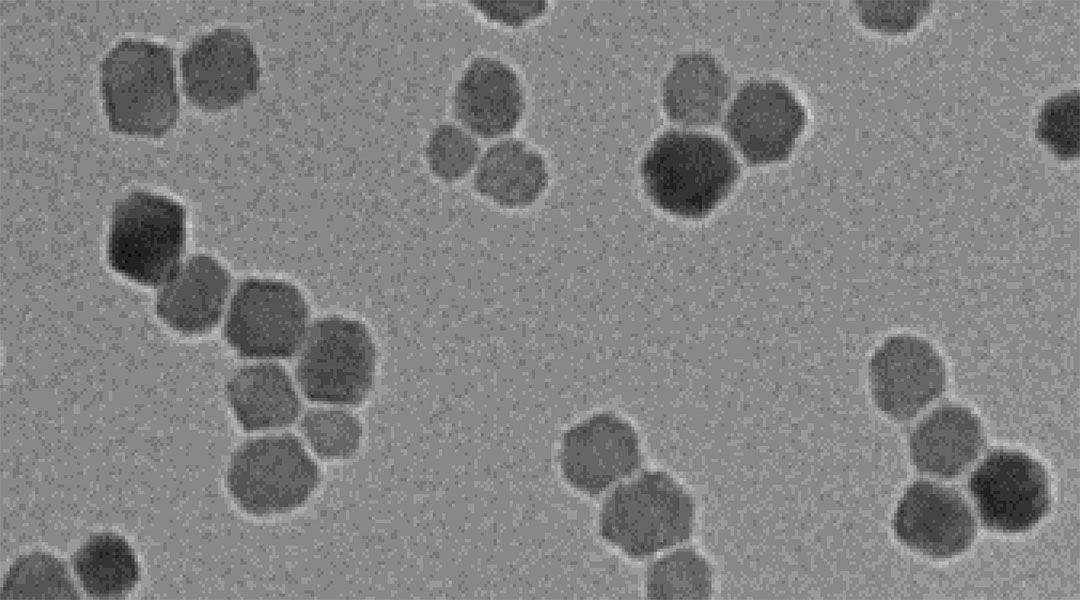
A non-surgical option for women who suffer from endometriosis, this nanoparticle therapy shows promising preliminary results.
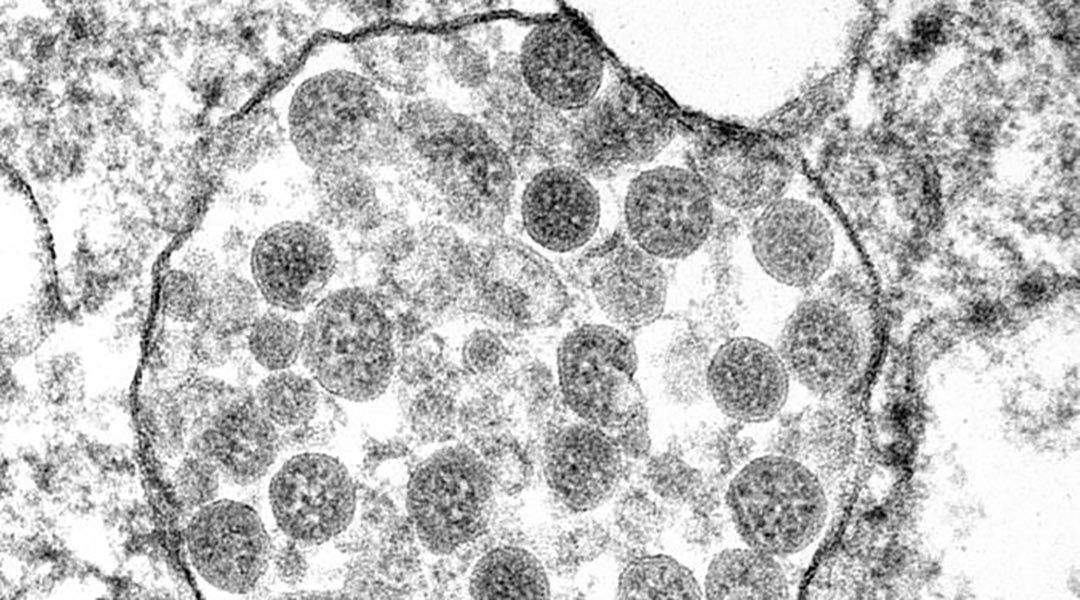
Using nanoparticles fitted with ACE2 receptors, researchers hope to lure SARS-CoV-2 away from healthy cells to inhibit the virus and treat infection.
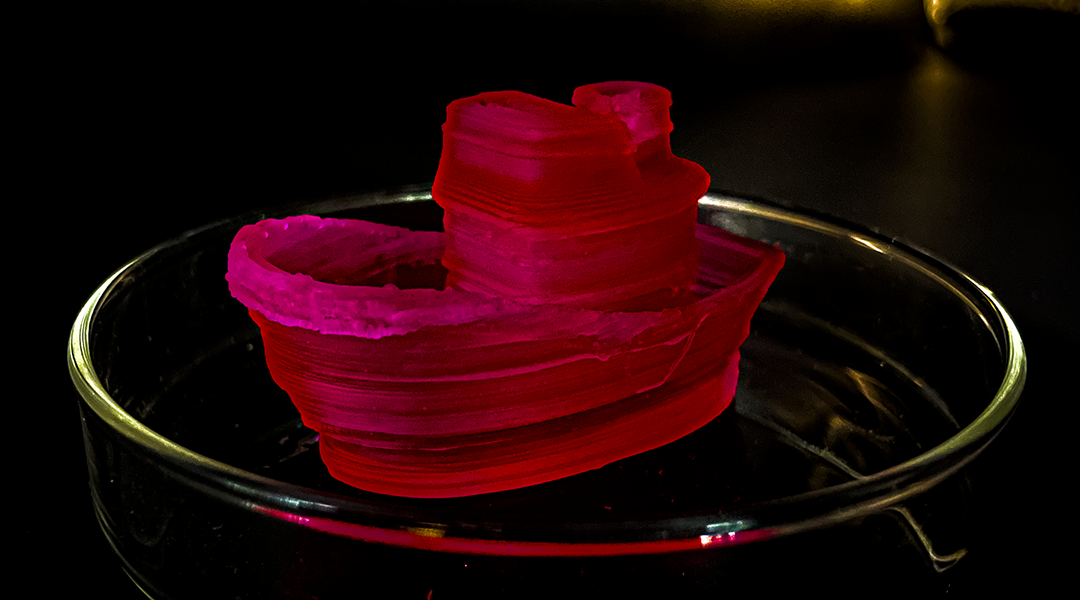
Researchers have created stiff, recyclable hydrogels that can be broken down into their base components and reshaped on demand.
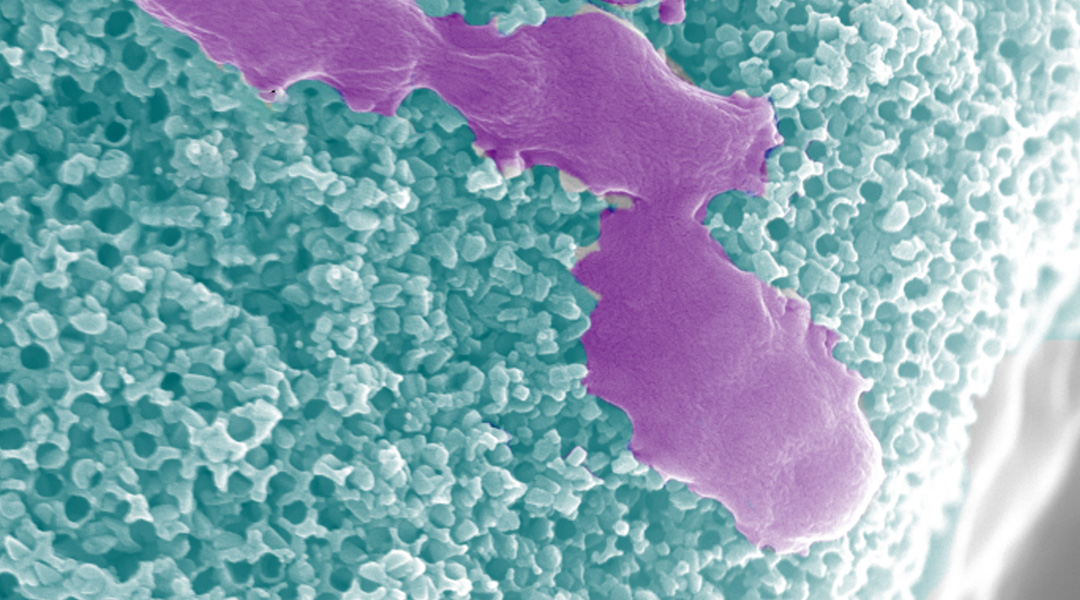
Hybrid microrobots harvest chemical energy from their environment for self-propulsion while releasing reactive species to kill bacteria.
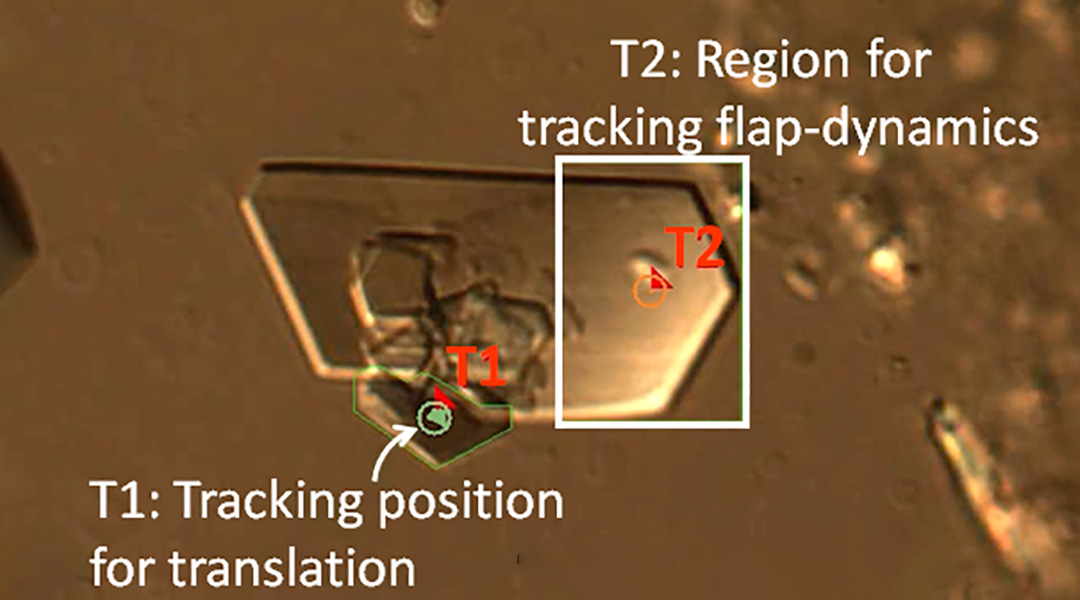
Synthesized microrobots capable of converting their mechanical motion into a means of self-propulsion.

The strong adhesive nature of this artificial tissue combined with its ability to sustain the growth of new cells helps solve long-standing challenges with these types of grafts.